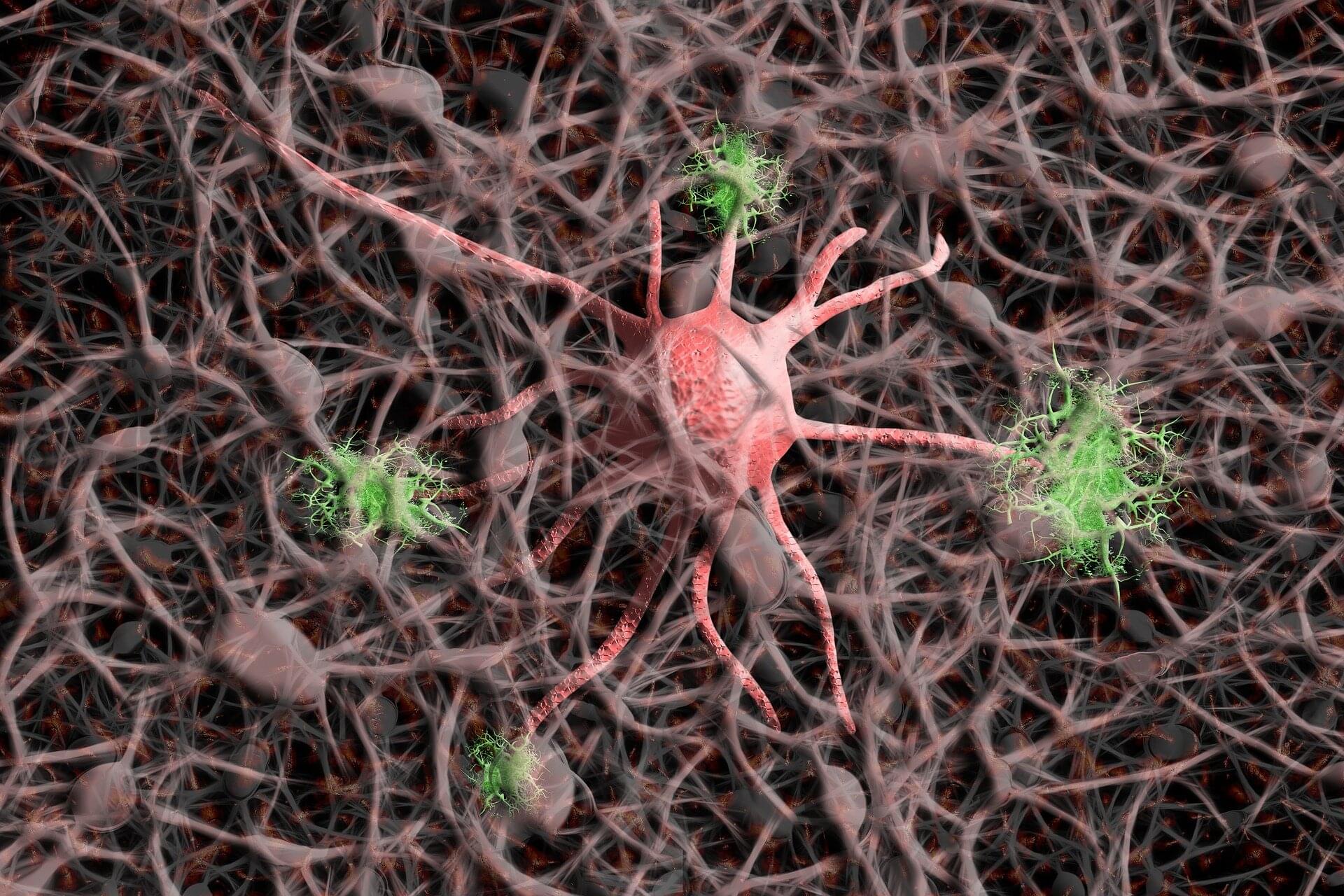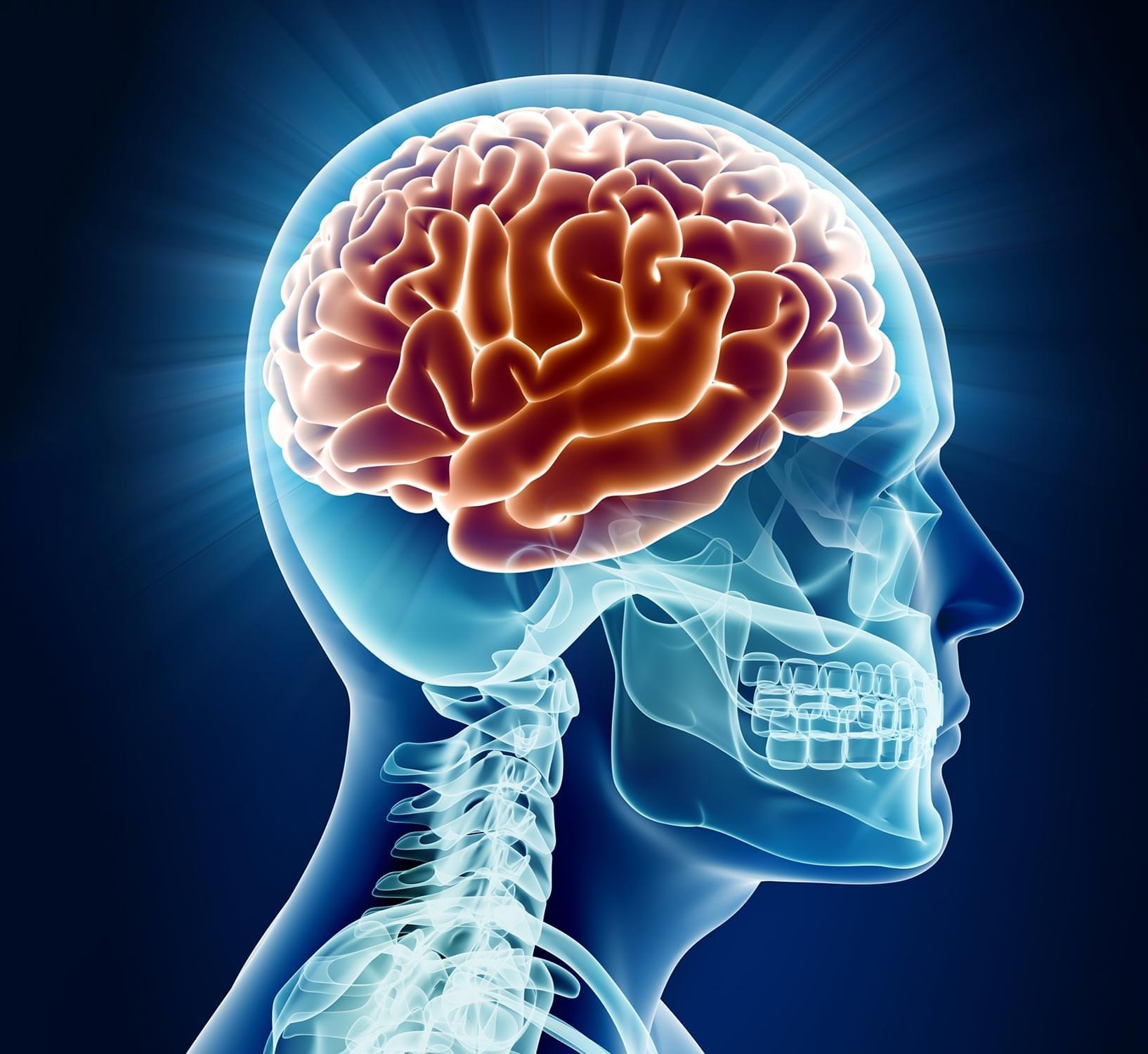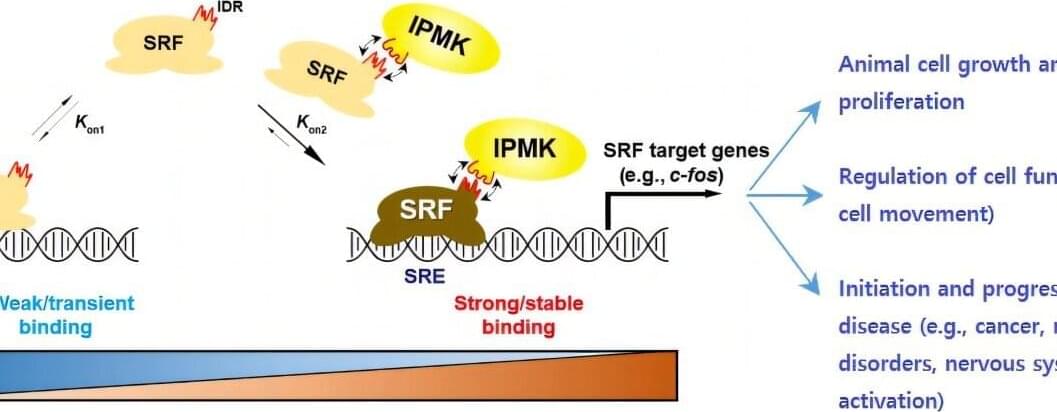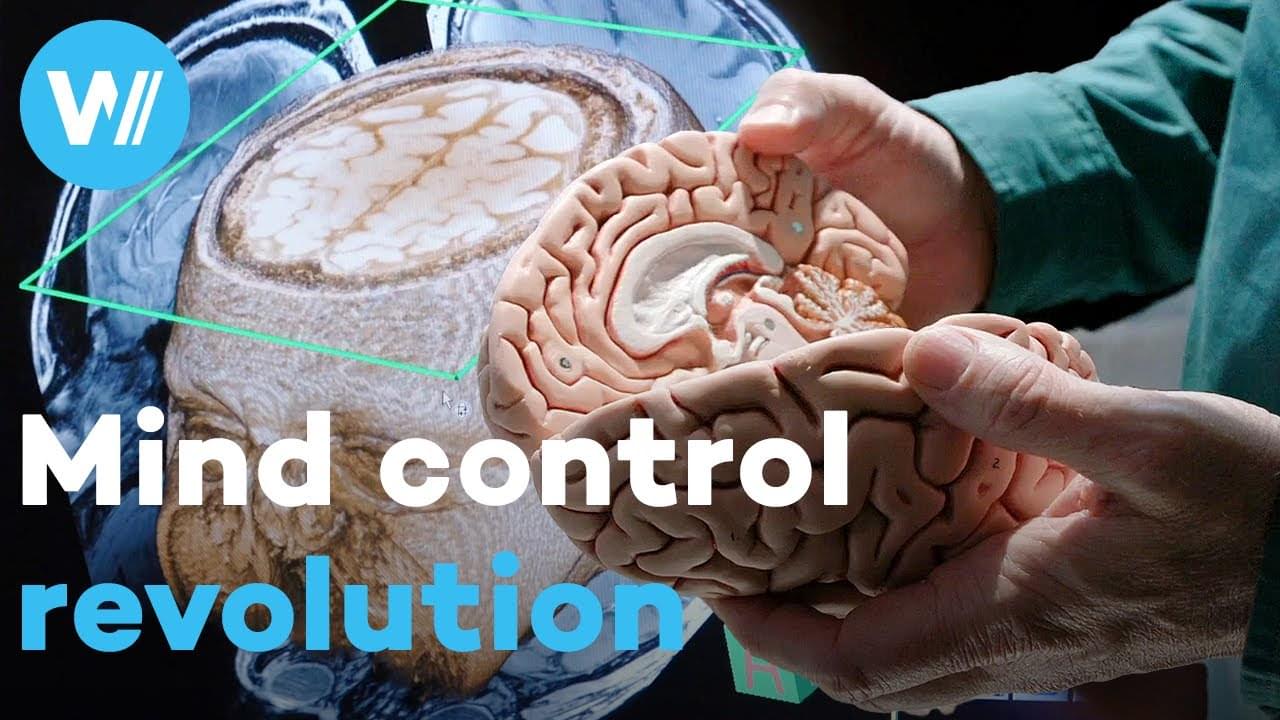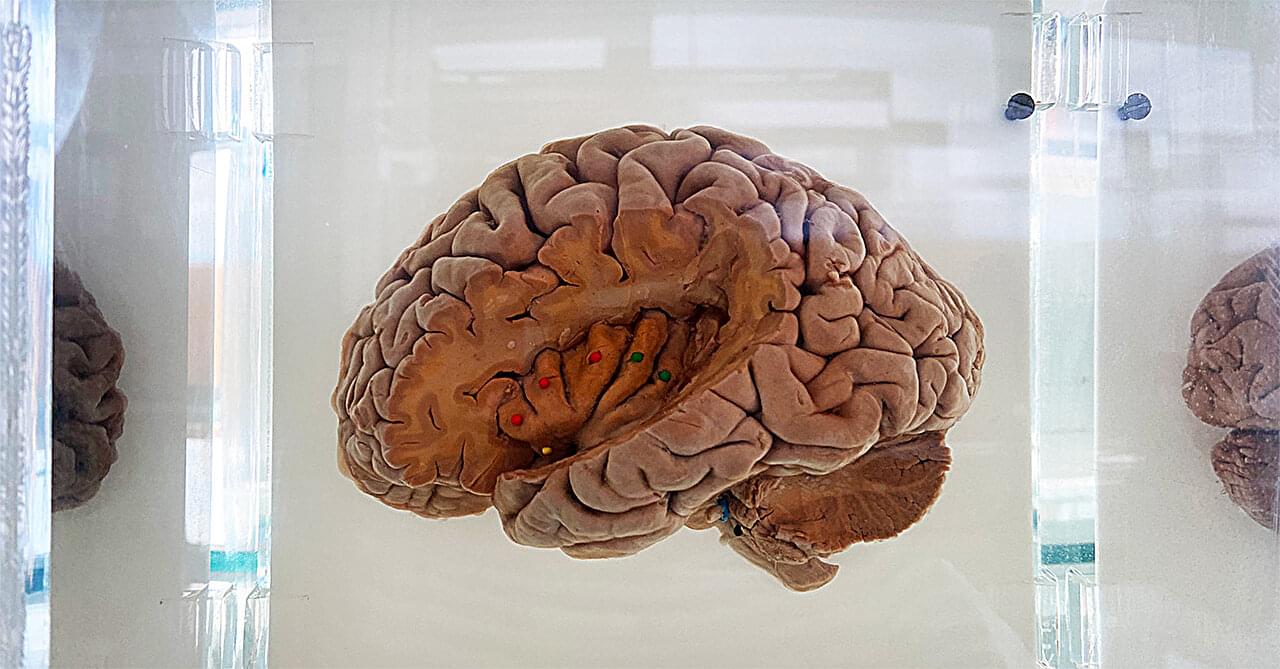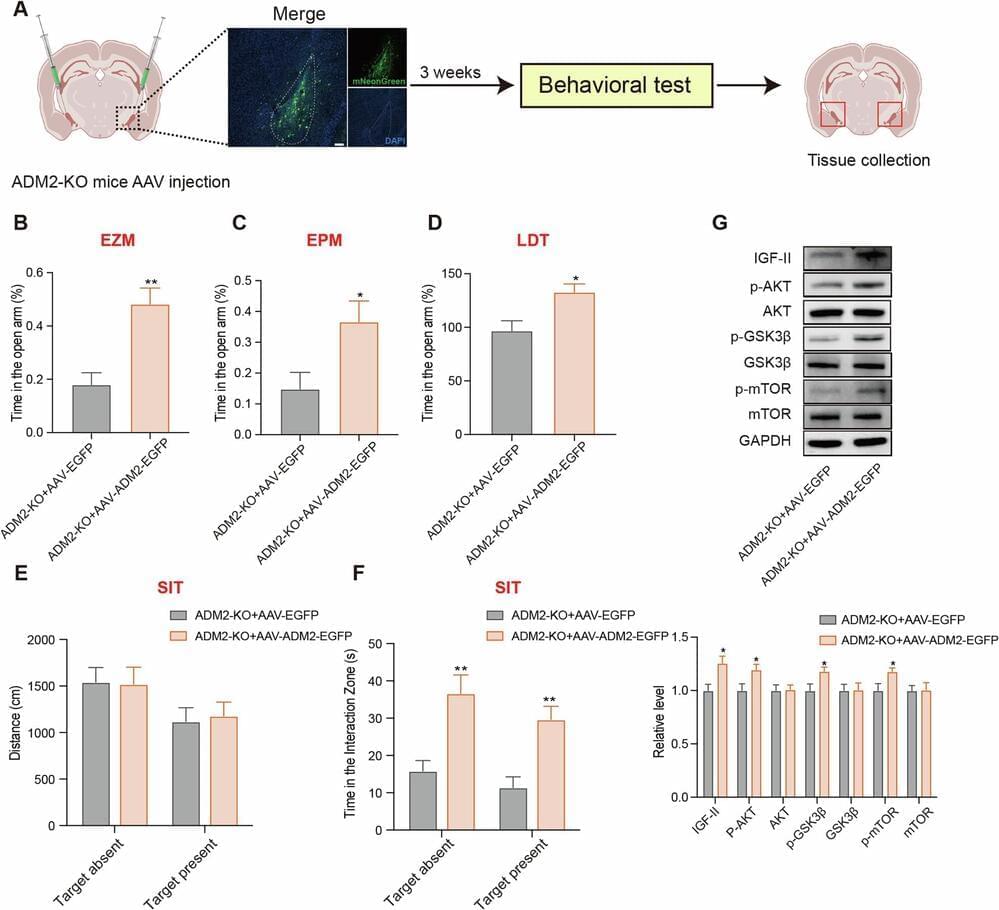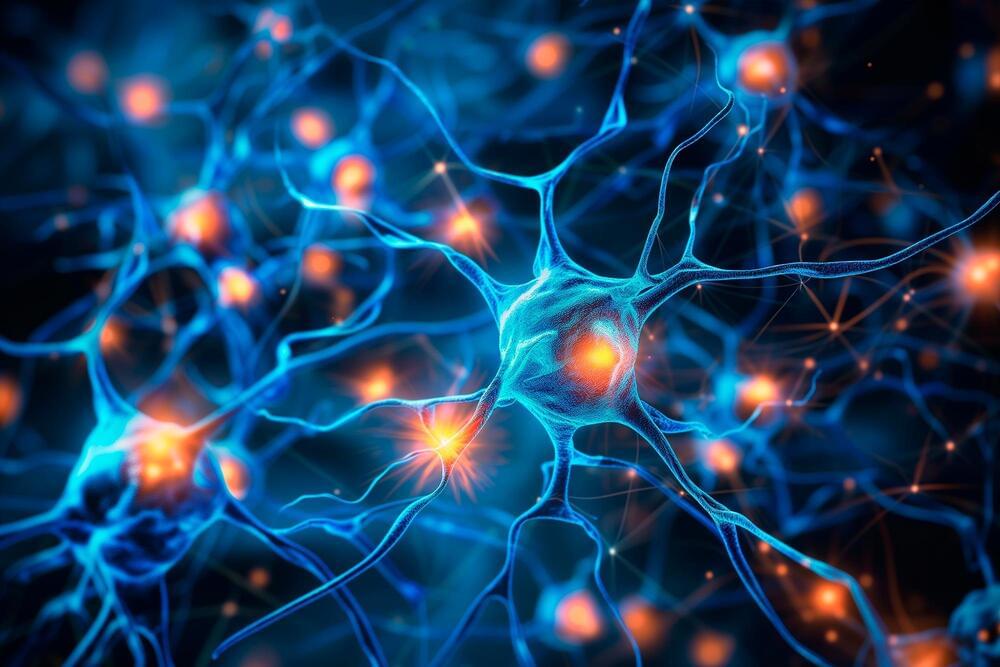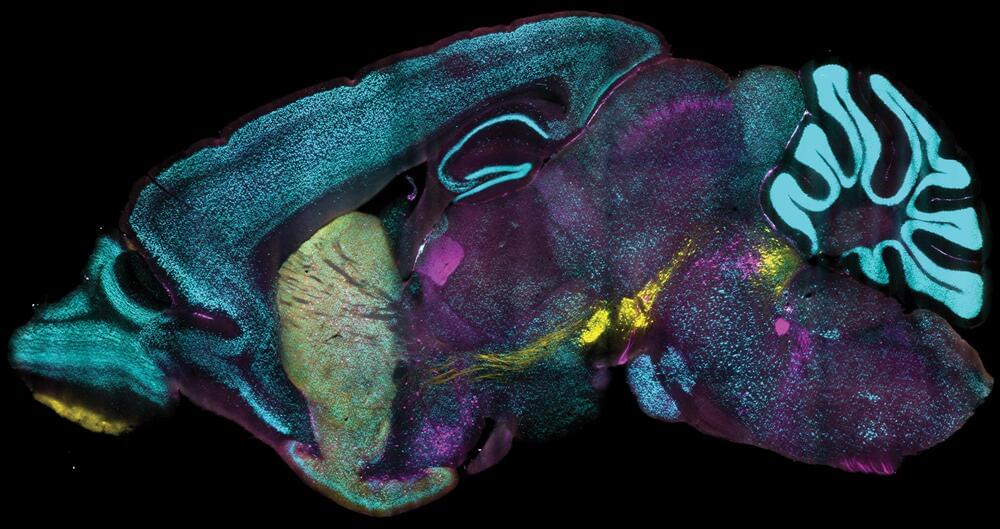The human brain is formed by a complex network of neural connections and most of them link neighboring brain regions, which are also the most studied to date. But a recent neuroscientific study by Pompeu Fabra University (UPF) and the University of Oxford, published in Proceedings of the National Academy of Sciences, has revealed that connections between distant brain regions, though rarer and less frequent, play a fundamental role in explaining brain dynamics.
The role of these long-range connections could be likened to those of an airport hub, which—with long-haul flights—directly connects different parts of the world without the need for stopovers, which would make the trip far longer. In the case of the brain, long-range connections serve to transmit information more quickly and directly between distant regions (without the need to go through all the successive neighboring regions that separate them). This yields optimal and efficient information processing.
The connections between distant regions of the brain are activated both spontaneously in a resting state and when performing numerous cognitive functions in our daily lives, which allow us to carry out specific tasks. For example, for as simple a task as remembering an image we have just seen, the brain connects the frontal lobe (which deals with short-term memory) with the occipital lobe, which deals with image perception.
